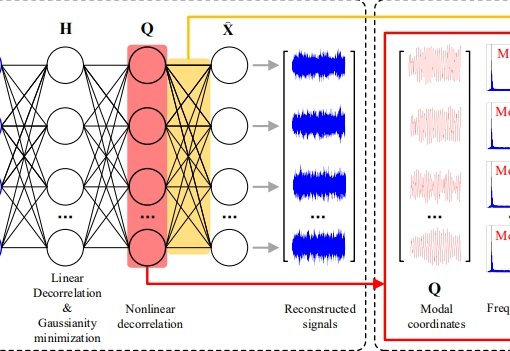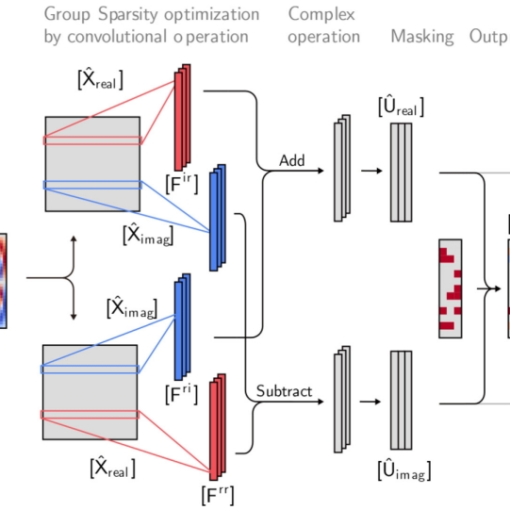Abstract: Surrogate model methods are widely used in structural reliability assessment, but conventional sampling methods require a large number of experimental points to construct a surrogate model. Inspired by the learning process of the AlphaGo, which is essentially optimization of sampling, we proposed a deep reinforcement learning (DRL)-based sampling method for structural reliability assessment. First, the sampling space and the existing samples are transformed into an array that is treated as the state in DRL. Second, a deep neural network is designed as the agent to observe the sampling space and select new experimental points, which are treated as actions. Finally, a reward function is proposed to guide the deep neural network to select experimental points along the limit state surface. Two numerical examples including a benchmark problem are employed to illustrate the sampling ability of the proposed method for structural reliability calculation. The simulation results demonstrate that the proposed method can learn to select experimental points along the limit state surface. Comparing with the direct Monte Carlo simulation, AK-MCS, Latin hypercube sampling, and subset simulation methods, the results show that the proposed DRL-based sampling method has an advantage in dealing with highly nonlinear problems.





